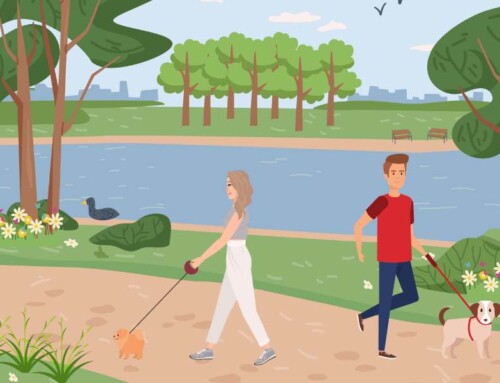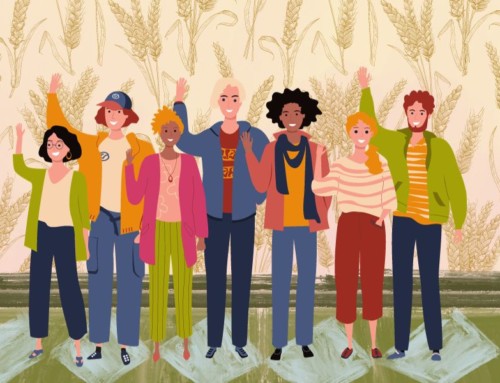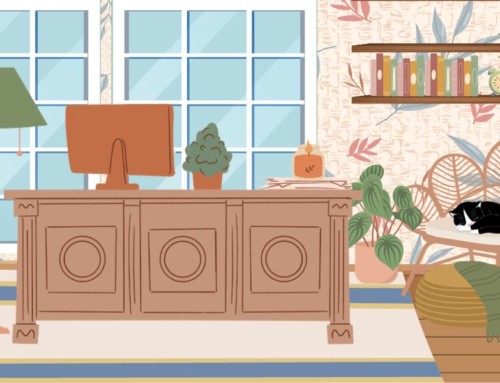
You’ve probably heard the term “trope” thrown around in discussions about storytelling and writing techniques. But what exactly is a trope, and how can you effectively use them in your writing?
In this blog post, we’ll explore the definition of a trope, examine how to incorporate them into your writing, and discuss the debate about whether writers should use or avoid tropes.
What is a Trope?
A trope is a commonly used theme or storytelling device. Tropes can be found in all types of storytelling, including books and movies, TV shows, and video games. Some examples of tropes include the “chosen one” narrative, the “love triangle,” and the “underdog” story.
Tropes are not necessarily a bad thing. In fact, tropes can be a useful tool for writers to convey certain ideas or emotions to their audience. However, tropes can also be overused and feel cliché if not properly executed.
Using Them in Your Writing
When using a trope in your writing, it’s important to approach it with a fresh perspective. Instead of relying on the trope to carry your story, try to put your unique spin on it. You can do this by subverting expectations or incorporating unexpected elements into the story.
For example, instead of writing a straightforward “chosen one” narrative where the hero saves the day, you could write a story where the hero is actually the villain, and the “chosen one” is the person trying to stop them. This unexpected twist on the trope can add depth and complexity to your story.
Should Writers Avoid Tropes or Use Them?
There is some debate in the writing community about whether or not writers should use tropes. On one hand, tropes can be seen as unoriginal and lazy if not properly used. On the other hand, tropes can be a useful tool for writers because their audiences will understand them.
Ultimately, the decision to use or avoid tropes is up to the individual writer.
Book Examples
Tropes can be found in all types of storytelling. Here are a few examples of tropes in popular books:
1. Harry Potter and the Philosopher’s Stone by J.K. Rowling (chosen one narrative)
2. Twilight by Stephanie Meyer (damsel in distress trope)
3. The Lord of the Rings by J.R.R. Tolkien (hero’s journey trope)
4. The Hunger Games by Suzanne Collins (love triangle trope)
5. To Kill a Mockingbird by Harper Lee (coming of age trope)
As you can see, tropes are a common device used in many popular books. Each author, however, puts a unique twist on the trope, which makes it feel fresh and original.
TL;DR
Tropes can be a useful tool for writers to convey certain ideas and emotions to their audience. Be sure to
Be sure to approach them with a fresh perspective and avoid relying on them too heavily. By incorporating unexpected elements and putting your unique spin on tropes, you can create compelling and original stories that resonate with readers.
Follow Mill City Press on Instagram and Facebook.
Discover more from Mill City Press
Subscribe to get the latest posts sent to your email.













Leave A Comment